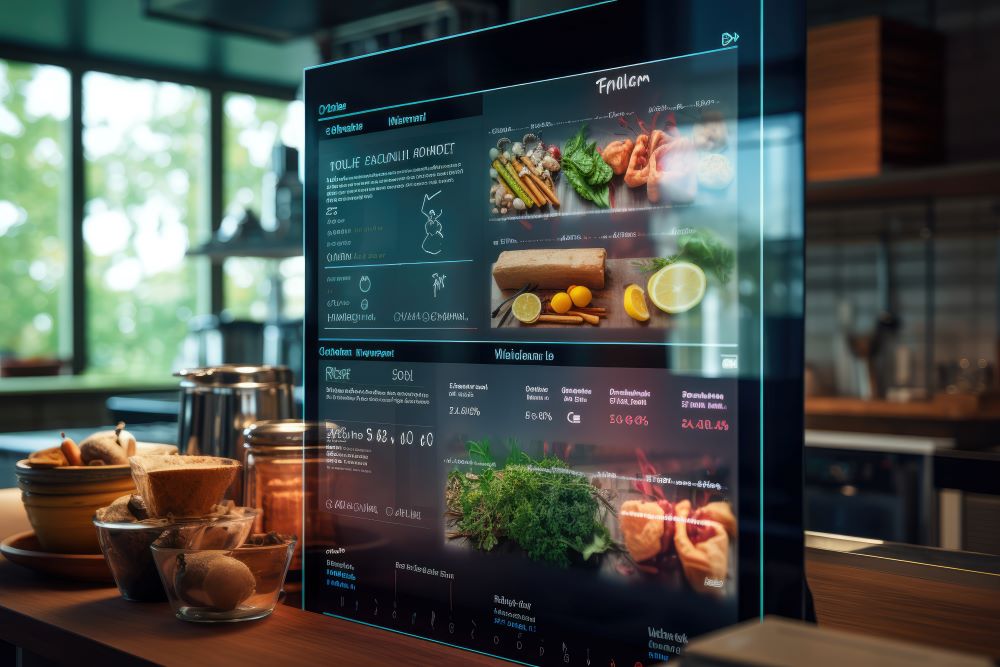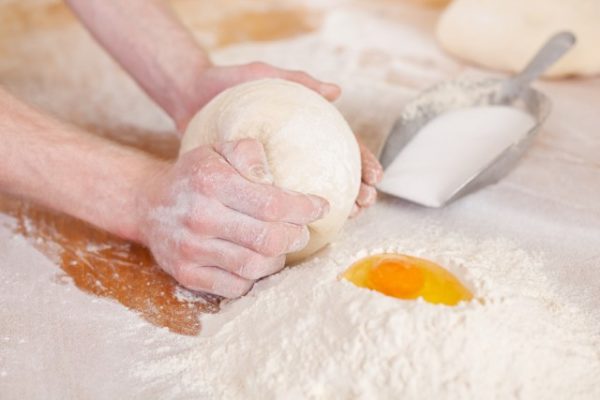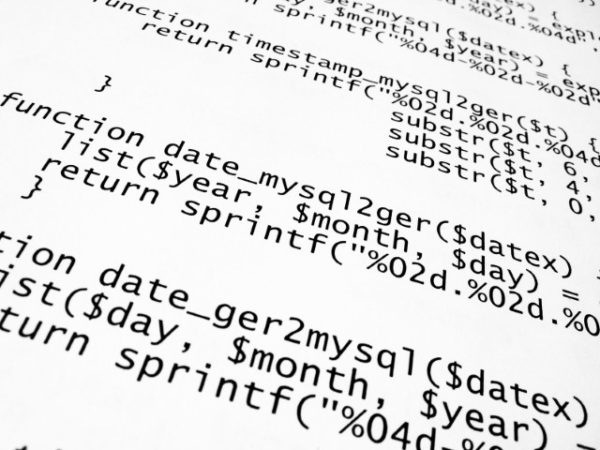In my previous two posts, „Ingredients and appliances for test automation, and who is the chef“ and „Testomatoes on data salad with stressing“, I described the prerequisites for test automation and the challenges with respect to the test data that have to be met in order to successfully implement automated processes. Now we have to ask ourselves, what is the recipe, i.e. a test case for test automation, supposed to look like?

Let us first take a look at a typical recipe. Generally, it consists of two parts: the list of ingredients (test data) and a description of the sequence in which the ingredients are to be used. The description contains both the steps required to prepare the recipe and the names of the ingredients from the list of ingredients. Recipes are more or less detailed, depending on the person for whom they are intended. Recipes for a trained chef are often much less detailed because the chef already knows certain work processes, i.e. they do not need to be described in detail. Recipes for a private household or even a novice in the kitchen have to look different. The same is true for test cases. For a tester with corresponding domain knowledge regarding the domain-driven design of their application, the test cases can be less detailed. But what about automation? Let us compare a baker with a bread-making machine. All the baker needs for a recipe is the instruction “Bake a rye bread”. The bread machine needs a precise recipe description, i.e. the sequence in which the ingredients have to be put into the machine, which program and temperature have to be selected, etc.
In quality assurance, however, where we have more than one recipe or one test case, we want to make the work easier for ourselves. Like in industrial kitchens, we make preparations that will make our work easier later. In the kitchen, the salad garnish, for example, is used for various dishes; similarly, reusable test case modules are created for test cases. For this purpose, several test steps are summarized into blocks and stored as reusable test step blocks. This method can be used both in manual testing and in test automation. Here, too, the difference is in the level of detail: while a low level of detail may be sufficient for manual testing, automation will always require the highest level of detail.

vs.

From this point of view, test automation is in fact the world’s worst cook. It would even burn water if we didn’t tell it to remove the pot from the stove when the water is bubbling. But then, why do we even use test automation? Well, test automation has some important benefits: A cook can forget an ingredient or deviate from the recipe. Consequently, the dish comes out different every time. The automation does not forget anything, and it always sticks to the sequence prescribed in the recipe. The greatest advantage of test automation, however, is the speed at which it can run the test cases. Furthermore, the cook needs a break every now and then. If we imagine such automation in the kitchen, we would get a kind of field kitchen that processes all kinds of recipes in seconds, and accurately places the result on the plate.
That makes test automation sound very tempting, but you should always keep an eye on the cost-benefit ratio. The work involved in feeding the automation with perfectly designed test cases (recipes) is often underestimated: If I have a birthday party with ten guests once a year, a cooking machine probably won’t pay off. But if I have an event business that provides à la carte food to a wedding party every day, such automation is definitely worth considering.